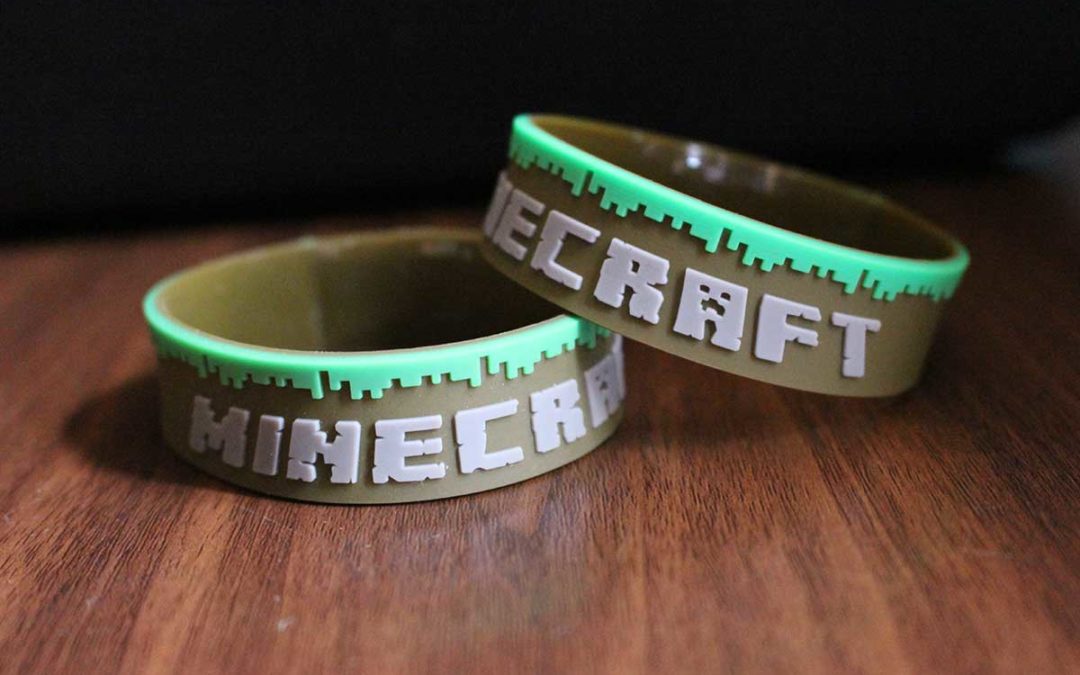by Tony Gavin | Jul 21, 2016 | Uncategorized
Perhaps you have heard of the phrase “beauty for a cause” from beauty pageants such as Miss Universe or Miss World. Beyond all that beauty and glamour, the phrase suggests something that goes deeper — giving food to the needy, building houses for the homeless, caring for the environment, and many other causes.
In the same way, the phrase “business for a cause” describes how a business may be involved in a project or campaign that gives something to those who need it the most. By doing so, the business is able to help others and promote their brand at the same time.
Finding Your Passion
The first step towards promoting your “business for a cause” is to find out what your passions are. If you are an animal lover, then your cause could be to help build or raise funds for an animal shelter. If healthy living is your thing, then you could organize a campaign for promoting organically grown fruits and vegetables. Love books? You could start a book drive and give the donated books to children who cannot afford to buy them. The possibilities are endless!
Promoting Your Cause
Once you have identified your cause, then you can start planning how to promote it. For the animal shelter, you could print your business logo on T-shirts with pictures of adorable puppies and kitties. Announce that profits from T-shirt sales will be used for building an animal shelter, and for sure animal lovers would be glad to participate!
For the book drive, you could print key chains with your business logo and a nice quote about books and reading. For every book donation, you could give a key chain as a way of promoting your cause as well as your business. Similarly, for your campaign about healthy living, you could organize a fun run, with your logo and cause printed on running shorts or shirts.
Giving Back
Whether it’s a book drive, fun run, or cute animal T-shirt — the bottom line of every business for a cause is to “give back.” It is a way of showing to world that your business is not just out to make profits, but that these profits are being used for something good and worthwhile. And when people hear that your business is involved in something that they are also passionate about, then they would be more than willing to participate in your cause!

by Tony Gavin | Jul 14, 2016 | Uncategorized
Have you heard of embossed or debossed products? Embossing and debossing are a couple of methods used in printing images onto leather, paper, or vinyl products. This article talks about the differences between the two printing techniques.
What is Embossing?
Embossing involves pressing an image onto a material and causing that image to be raised. First, a template of the image is made from a metal die as well as a counter-die that is made from either magnesium, copper, or brass. Magnesium is the weakest metal among the three and is therefore used for simple, one-time printing. Copper, meanwhile, can be used for several impressions but is not as effective as brass for multi-level printing. Brass, although more expensive than copper, is stronger and can be used repeatedly for a long time.
Secondly, the material is placed between the metal die and the counter die. Using a heat press, the image is imprinted onto the leather, paper, or vinyl material. The final product is a smooth, raised image that is an exact copy of the original. If no ink is used, the process is called “blind embossing.” On the other hand, if you add colored ink into the process, this may be referred to as “color register embossed printing.”
What is Debossing?
In contrast, debossing is the opposite of embossing. In debossing, the resulting image is not raised — rather, it is pushed down onto the material. The process is still quite similar to debossing, in that magnesium, copper, and brass dies are also used. However, instead of raising the design area itself (as in embossing), debossing entails raising the material “around” the design.
Just like embossing, debossing involves several different methods — either screen printing or foil stamping. In screen printing, the image is printed first onto the material, and then the outline of the image is “debossed” using a die. Meanwhile, in foil stamping, a special die is used in both transferring the foil to the material and debossing the area.
Compared to embossing, debossing is actually a less complicated process. When it is combined together with silk-screen printing, the final product is a detailed and colorful image.
Embossed and Debossed Products as Gifts
Both embossing and debossing result in elegant and permanent designs that can be imprinted onto various products. If you are thinking about the perfect gift for your family, friends, or colleagues, consider giving them leather journals or notebooks imprinted with their favorite designs!
by Tony Gavin | Jul 7, 2016 | Uncategorized
There are few things better than the feeling of being greatly rewarded for a job well done. In the workplace, for instance, one sure way of motivating employees to perform is by rewarding them with either gifts or cash incentives.
Money or Gifts?
Some people say that receiving a gift is better than getting cash, while others say the opposite. Interestingly, some studies indicate that most employees view a cash incentive as an “extension” of their salary, while a gift is something that they would not usually purchase for themselves. Meanwhile, a group called the Incentive Federations claim that gifts are more effective than cash in terms of motivating employees. Still, regardless of this debate, everybody agrees that simply being rewarded for hard work, time, and effort is a wonderful feeling, indeed!
The Bagel Story
A few years back, Dunkin Donuts carried out an incentive program entitled the “Brilliant Bagel Campaign.” The purpose of the program was to promote their latest line of bagels, and at the same time recognize their best-performing employees. How did they do this?
First, sales clerks who were able to sell the highest number of bagels were rewarded with items such as company T-shirts, hats, and even gym bags. Secondly, during their “bagel training” periods, employees where given “scratch-off” tickets. Each ticket had a corresponding instant prize, such as a stopwatch radio or a mini-flashlight.
Needless to say, the Brilliant Bagel Campaign turned out to be a huge success. In just nine months of carrying out the campaign, bagel sales reached about 10% of the company’s total product sales. Later studies also revealed that more than half of Dunkin Donuts’ customers are aware of their bagel products, which proves further that the program was truly successful. In fact, the company is now reported to be the biggest retailer of bagels in the U.S.
Creating Excitement
Dunkin Donuts’ success story with their bagel campaign can also be yours! Just don’t forget the importance of motivating your employees or the people who contribute to your company. Create some excitement by offering gifts and giveaways as a method of rewarding their hard work. You’d be surprised by how just a simple item — when given at the right time and with the best of intentions — can go a long way.
by Tony Gavin | Jul 1, 2016 | Uncategorized
Some people say that giving away items is the oldest form of promoting or advertising. It is not uncommon to see people queue up for a free scoop of a new brand of ice cream, or a free sample of the latest perfumed fabric conditioner.
Perhaps it is the opportunity of getting something for absolutely free that attracts the customer. Of course, the idea of trying out a new product first before buying it is also alluring. In any case, everybody loves a freebie — and if they like it — then most likely they will also be willing to spend money for it the next time!
It is not enough to give away just about any promotional item, however; it has to be something that is unique, useful, and, memorable.
1. Promotional items should be unique.
Remember the last time you received a simple, plain-colored mug as a gift? If not, then it is probably sitting comfortably in the drawer with other simple, plain-colored mugs. Now, how about the self-stirring mug? Or the mug that changes color when a hot drink is poured into it? These are the ones you are probably using right now. Why? They are interesting and unique. That is how a promotional item should be — different from all the other items.
2. Promotional items should be useful.
A ceramic flower pot is certainly pretty to look at, especially when placed on top of a shelf in the living room. After a while, however, it moves to the back of the shelf, replaced by newer, prettier knick-knacks. In other words, it loses its value. In contrast, a mini electric fan may look ordinary, but it is definitely useful. On a hot summer day, it will be busy whirring away, providing much needed relief to whoever is holding it. A promotional item should be just like that electric fan — timely, convenient, and most importantly — useful.
3. Promotional items should be memorable.
Aside from being unique and useful, a promotional item should be memorable. One way to do this is by customizing or personalizing them. This does not necessarily mean putting individual names on every single item. It could mean something as simple as producing a different color item for boys and girls, or printing varying messages that people can choose from. A good example is Toblerone’s triangular boxes with special “messages” as well as Coke’s “personalized” bottles and cans with different names. The fact is, people love seeing their own names on a product, as it gives them a sense of ownership and individuality.
The next time you plan to give away promotional items, you need to ask yourself: Is it unique? Is it useful? Is it memorable? Once you are able to incorporate all three characteristics into your product, then you can promote it more effectively!


Recent Comments